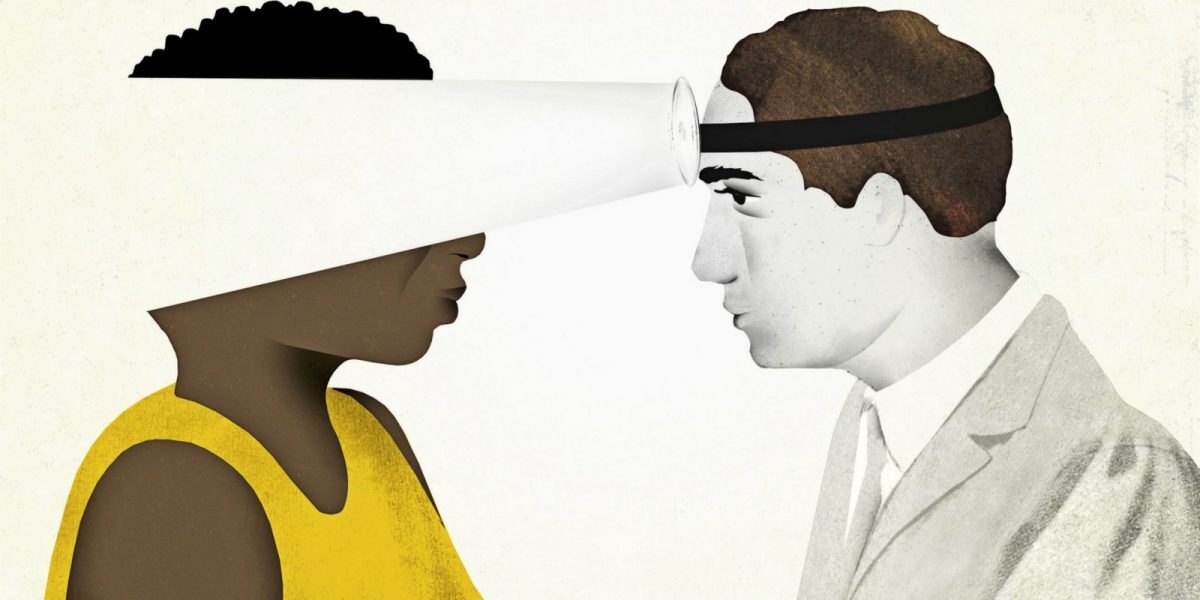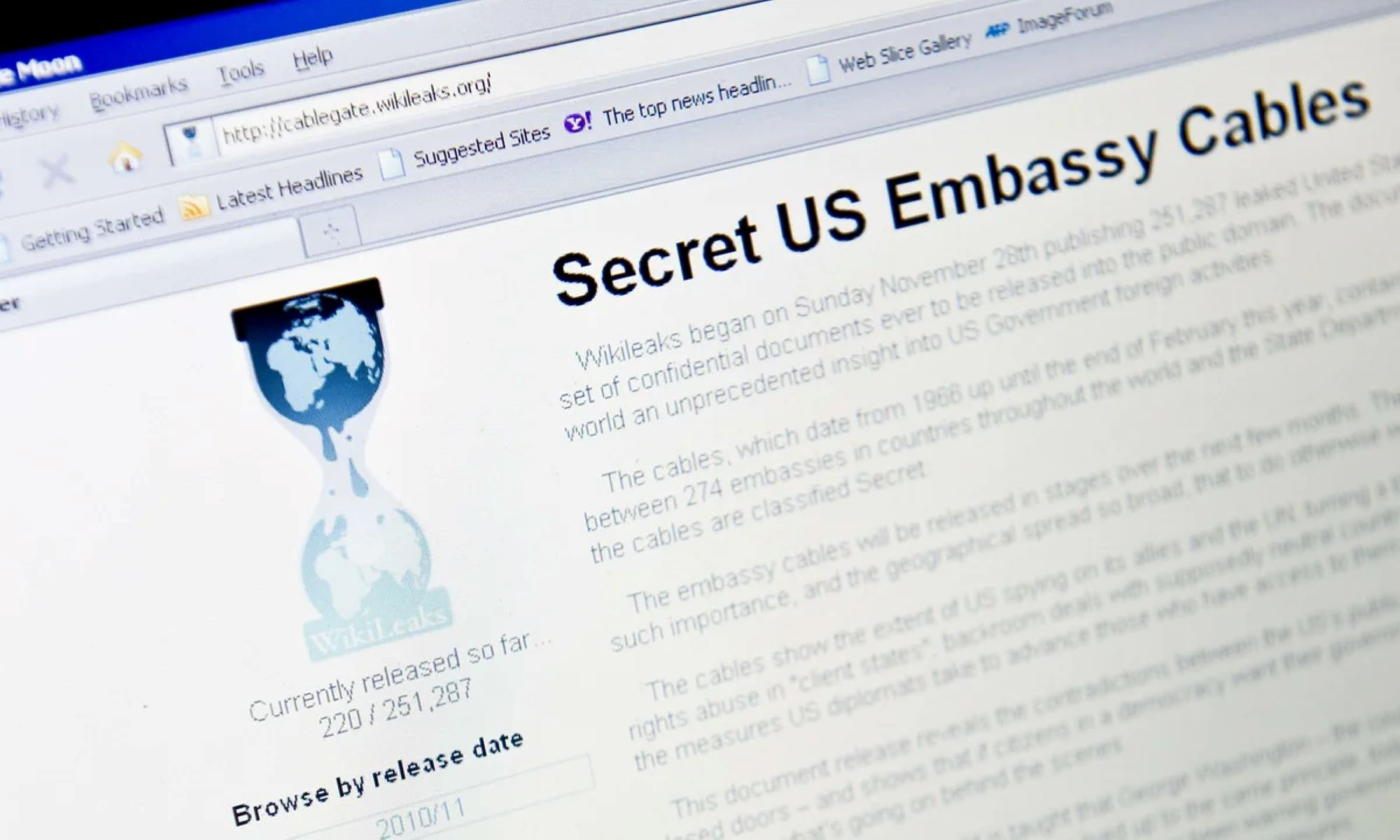
Unconscious bias training has become a hot topic in recent years. But what exactly is it, and why does it matter? Unconscious bias refers to the automatic judgments and stereotypes we hold about others without even realizing it. These biases can affect our decisions, interactions, and even workplace dynamics. Training aims to make people aware of these hidden biases and provide tools to counteract them. Companies, schools, and organizations are increasingly adopting this training to foster more inclusive environments. But does it really work? Studies show mixed results, with some indicating positive changes while others question its long-term effectiveness. Let's dive into 23 facts that shed light on this controversial yet crucial topic.
What is Unconscious Bias Training?
Unconscious bias training aims to make people aware of the biases they may not realize they have. These biases can affect decisions and interactions in the workplace. Here are some interesting facts about this type of training.
-
Unconscious biases are mental shortcuts. These shortcuts help our brains process information quickly but can lead to unfair judgments.
-
Everyone has unconscious biases. No one is immune, regardless of their background or experiences.
-
Biases can be based on many factors. These include race, gender, age, and even height or weight.
-
Training often includes self-reflection. Participants are encouraged to examine their own biases and how they affect their behavior.
-
Role-playing exercises are common. These exercises help people practice responding to situations where bias might occur.
Why is Unconscious Bias Training Important?
Understanding and addressing unconscious biases can lead to a more inclusive and fair environment. Here are some reasons why this training is crucial.
-
Improves decision-making. When people are aware of their biases, they can make more objective decisions.
-
Enhances workplace diversity. A diverse workforce can lead to more creativity and better problem-solving.
-
Reduces discrimination. Training helps to minimize unfair treatment based on biases.
-
Promotes a positive work culture. Employees feel more valued and respected when biases are addressed.
-
Increases employee retention. Workers are more likely to stay in a job where they feel included and respected.
How is Unconscious Bias Training Conducted?
Different methods are used to deliver unconscious bias training. Here are some common approaches.
-
Workshops and seminars. These are often led by experts in the field and can be interactive.
-
Online courses. These offer flexibility and can be completed at the participant's own pace.
-
Interactive modules. These may include quizzes, videos, and scenarios to engage learners.
-
Group discussions. Talking about biases in a group setting can provide new perspectives and insights.
-
One-on-one coaching. Personalized sessions can help individuals address their specific biases.
Challenges in Unconscious Bias Training
While beneficial, unconscious bias training is not without its challenges. Here are some obstacles that can arise.
-
Resistance to change. Some people may be reluctant to acknowledge their biases.
-
Short-term impact. The effects of training can fade over time if not reinforced.
-
Lack of measurable outcomes. It can be difficult to quantify the success of the training.
-
Inconsistent implementation. Not all organizations apply the training in the same way.
-
Potential backlash. Some employees may feel targeted or unfairly judged.
The Future of Unconscious Bias Training
As awareness of unconscious biases grows, the methods and approaches to training are evolving. Here are some trends to watch.
-
Integration with other training programs. Combining bias training with other professional development can enhance its effectiveness.
-
Use of technology. Virtual reality and AI are being explored as tools for more immersive training experiences.
-
Ongoing education. Continuous learning opportunities help keep the lessons of bias training fresh and relevant.
The Final Word on Unconscious Bias Training
Unconscious bias training is a powerful tool for fostering inclusivity and fairness in workplaces. It helps individuals recognize and address their hidden prejudices, leading to more equitable decision-making. By understanding the impact of unconscious biases, organizations can create a more diverse and inclusive environment, which ultimately boosts productivity and employee satisfaction.
Training sessions often include interactive exercises, real-life scenarios, and self-reflection activities. These methods make the learning process engaging and effective. While the journey to eliminating unconscious bias is ongoing, consistent training and awareness can make a significant difference.
Remember, the goal isn't to eliminate bias completely—an impossible task—but to manage it better. Organizations that invest in unconscious bias training show a commitment to diversity and inclusion, setting a positive example for others to follow. So, take the first step towards a more inclusive future by embracing unconscious bias training.
Was this page helpful?
Our commitment to delivering trustworthy and engaging content is at the heart of what we do. Each fact on our site is contributed by real users like you, bringing a wealth of diverse insights and information. To ensure the highest standards of accuracy and reliability, our dedicated editors meticulously review each submission. This process guarantees that the facts we share are not only fascinating but also credible. Trust in our commitment to quality and authenticity as you explore and learn with us.


